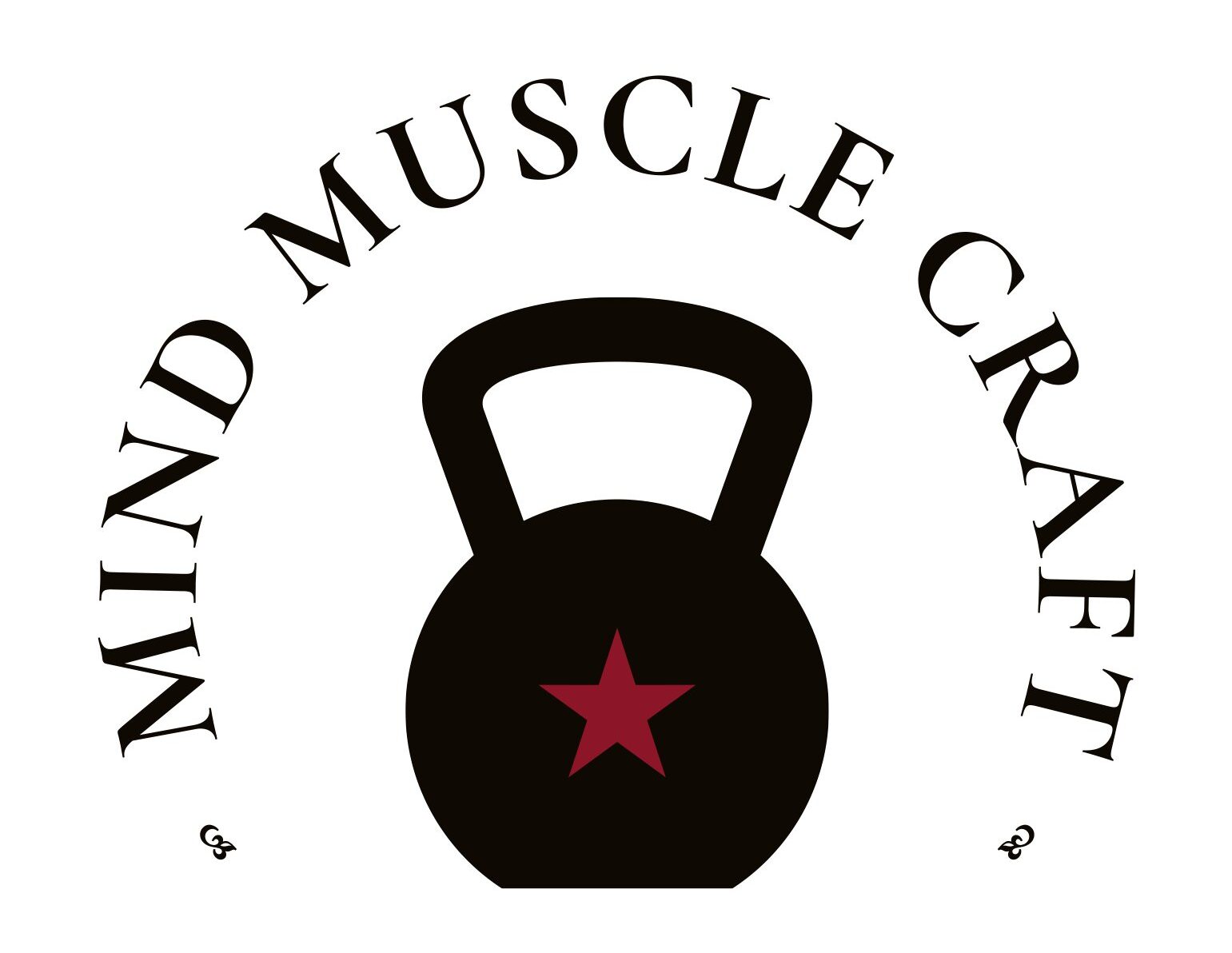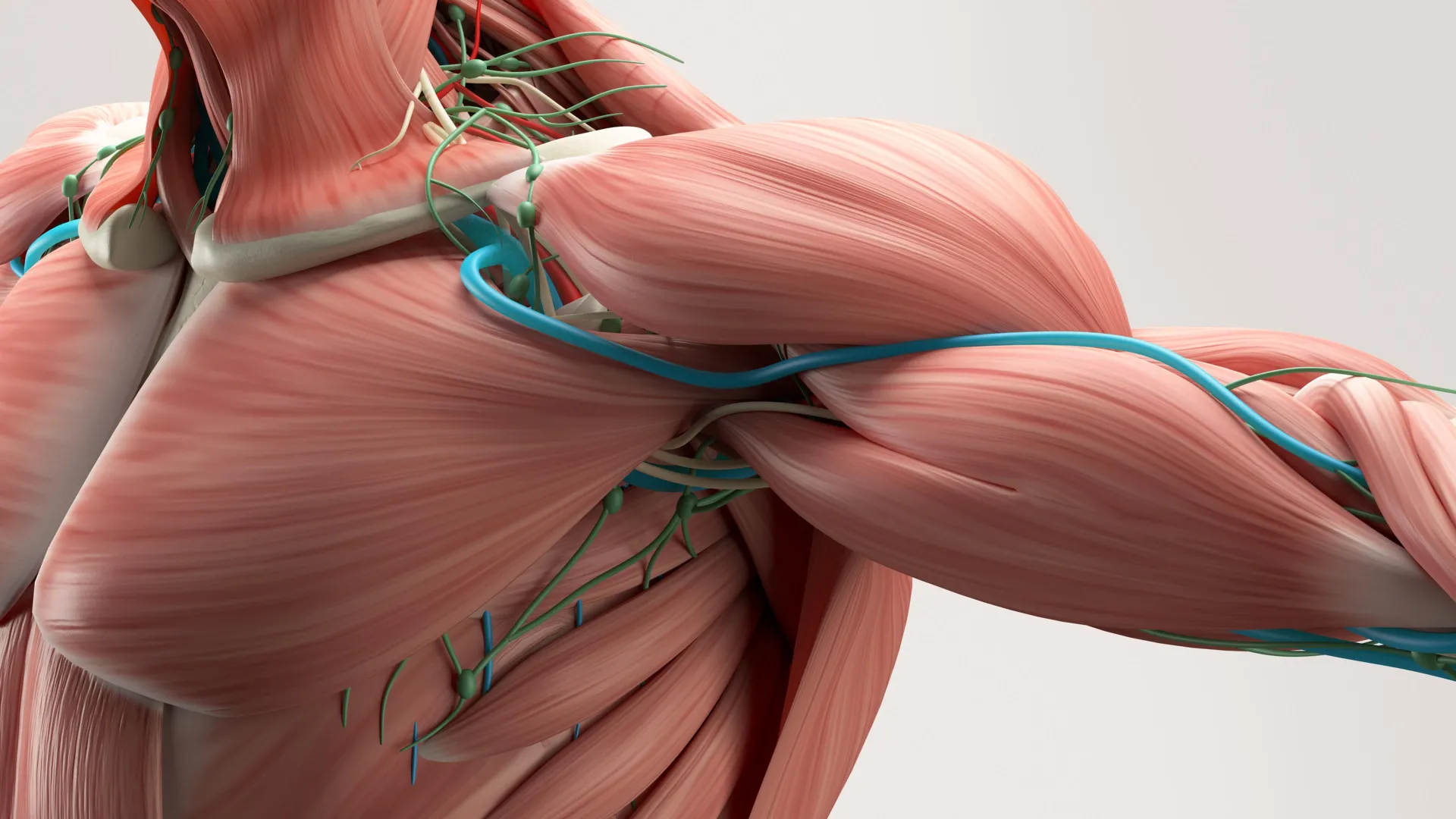What Happens Inside Your Body When You Exercise
When you exercise, your body does far more than burn calories or build muscle.
According to Harvard scientist Daniel Lieberman, author of Exercised: The Science of Physical Activity, Rest, and Health, physical activity triggers a powerful biological repair system.
This process helps your body recover, renew, and fight aging from the inside out.
Exercise Creates Healthy Stress
During a workout, your muscles and cells experience a controlled form of stress called hormesis.
This mild stress actually improves your body’s ability to repair itself.
Here’s what happens when you train:
-
Microtears form in your muscles, signaling them to rebuild stronger.
-
Free radicals are produced, which activate antioxidant defenses.
-
Inflammation increases briefly, prompting your immune system to start repairing tissues.
After training, your body begins the healing process — it doesn’t just repair the new damage, it also fixes older cellular damage built up from inactivity.
This is the foundation of Lieberman’s “Costly Repair Hypothesis.”
The Science of Biological Repair
Your body invests energy in maintenance and repair only when it senses physical demand.
Exercise tells it, “You’re still active — keep everything running well.”
That’s why active people tend to have:
-
Better mitochondrial function (more energy).
-
Lower inflammation levels.
-
Stronger bones and tendons.
-
Slower biological aging.
This is the body’s version of preventive maintenance — just like tuning up your car to keep it performing efficiently.
👉 Read more about this in Harvard Magazine’s feature on longevity and active living.
Why Inactivity Speeds Up Aging
When you stop moving, your body slows down its internal repair systems.
It assumes there’s no reason to invest energy in maintenance anymore.
The beauty of this science is that it applies to everyone. You don’t need to train like an athlete — just move regularly enough to remind your body it’s worth repairing.
That leads to:
-
Reduced muscle mass and bone strength
-
Slower metabolism
-
Higher inflammation
-
Faster cellular aging
In short, inactivity signals the body to decay, while movement signals it to rebuild.
Think of exercise as your daily maintenance routine — just like tuning up a car. You’re not only improving performance; you’re keeping every system inside you young.
How to Trigger the Repair System Every Week
You don’t need long workouts — just consistent movement.
Follow this simple weekly pattern:
-
Strength training: 2–3 sessions per week
-
Cardio or walking: 30–45 minutes most days
-
Mobility and stretching: on recovery days
-
Sleep and nutrition: to complete the repair cycle
Each session acts as a biological message telling your body to rebuild, repair, and stay young.
The Hormesis Effect
Studies on hormesis and health show that small, repeated stressors like exercise strengthen your body’s defenses over time.
This improves cellular repair, antioxidant production, and even DNA protection — all key factors in slowing aging naturally.

